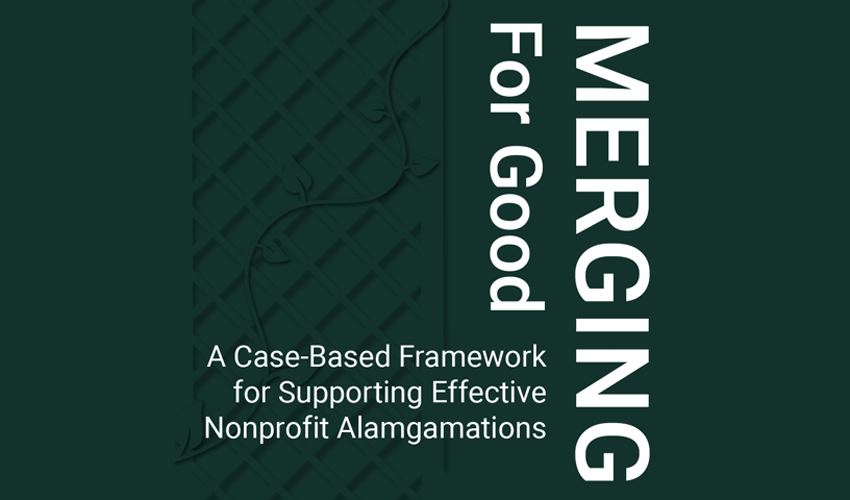Rare transactions
The Institute for Community Prosperity creates a framework for non-profit amalgamations

James Stauch and his colleague Cordelia Snowdon collaborated to develop a framework around how a successful non-profit merger could occur.
COVID-19 has negatively impacted the financial health and governance of non-profit organizations in Canada, causing pressure to explore amalgamation.
On the surface, the merger of two struggling not-for-profit organizations seems like a solution to survive financially, but James Stauch, director of the Institute for Community Prosperity (ICP) at Mount Royal University, says that most non-profits are unlikely to consider a merger. In many quarters it is even taboo, which is very different from the for-profit realm.
Stauch believes the primary driver for any non-profit merger should be in service to the mission of the organization, and even more importantly in the interest of the community.
“While external pressures will continue to affect the financial health and governance of non-profit organizations in Canada profoundly, the driver for a merger should remain internal and desired by the organization.”
With this deep understanding of the not-for-profit sector, Stauch and his colleague Cordelia Snowdon collaborated to develop a framework around how a successful non-profit merger could occur. Snowdon is an alumna of MRU's Social Work Diploma and Bachelor of Arts ― Policy Studies programs and represented her peers on the students' association's Representation Executive Council for two years. Titled “Merging for Good,” the report is a combination of a real-time case study and evaluation of the amalgamation of the Aspen Family and Community Network and Boys and Girls Clubs of Calgary — now known as Trellis.
“This merger was an opportunity to create operational and administrative efficiencies, to provide a more seamless suite of services for children, youth and families, and to enable a greater collective focus on research and evaluation,” Stauch says.
“Merging for Good” focuses on a three-phase approach: considering whether to merge, planning the components and sequencing of a merger, and integrating programs and operations.
“We intend this report to have far-reaching value for human-serving organizations who are considering a merger or amalgamation, as well as funders and other capacity builders interested in supporting or advising on non-profit mergers and amalgamations,” Snowdon says. She is the ICP project assistant and graduate of the Social Work Diploma and Bachelor of Arts – Policy Studies and served on the Students’ Association of Mount Royal University’s representation executive council for two years.
The report also has value for front-line staff as it shines light upon the complexities of a merger.
Complex decision-making and organizational change management is often confidential, but Snowdon and Stauch were able to have honest conversations with participants involved in the Trellis merger and witnessed the “pains and gains.”
“This created a clear picture that we hope will be of benefit to other organizations,” Snowdon says.
According to Stauch, the non-profit sector is arguably the most under-appreciated in society. “The tens of thousands of organizations in Alberta employ more people than the oil and gas sector, at roughly 11 per cent of total employment.”
“Merging for Good” lends a helping hand to organizations rethinking how they should operate.
Download and read Merging for Good today.
Visit the Institute for Community Prosperity website to find more publications.
March 18, 2021 — Rob Petrollini
Media request contact information.
Have a story idea? Please fill out this form.

